
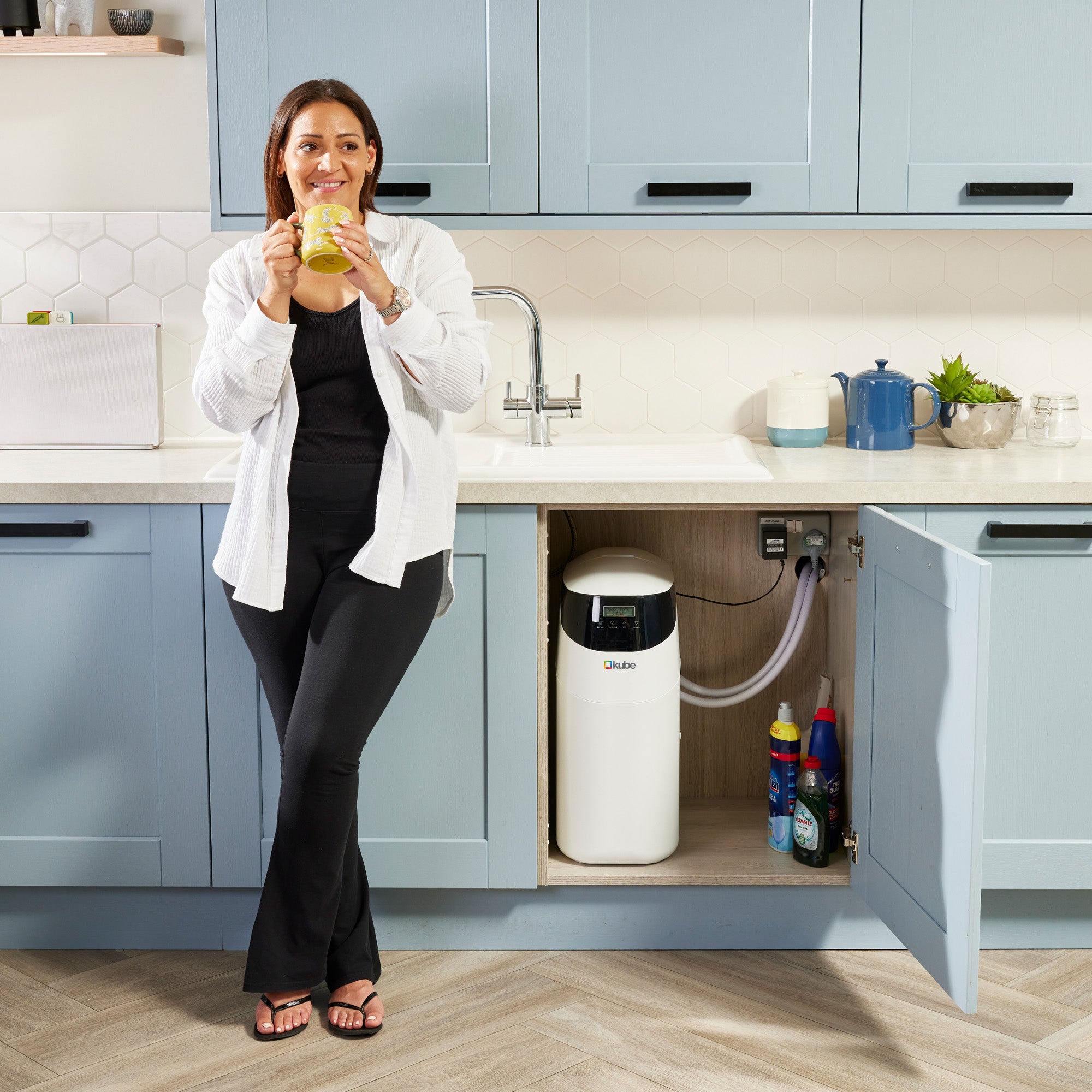
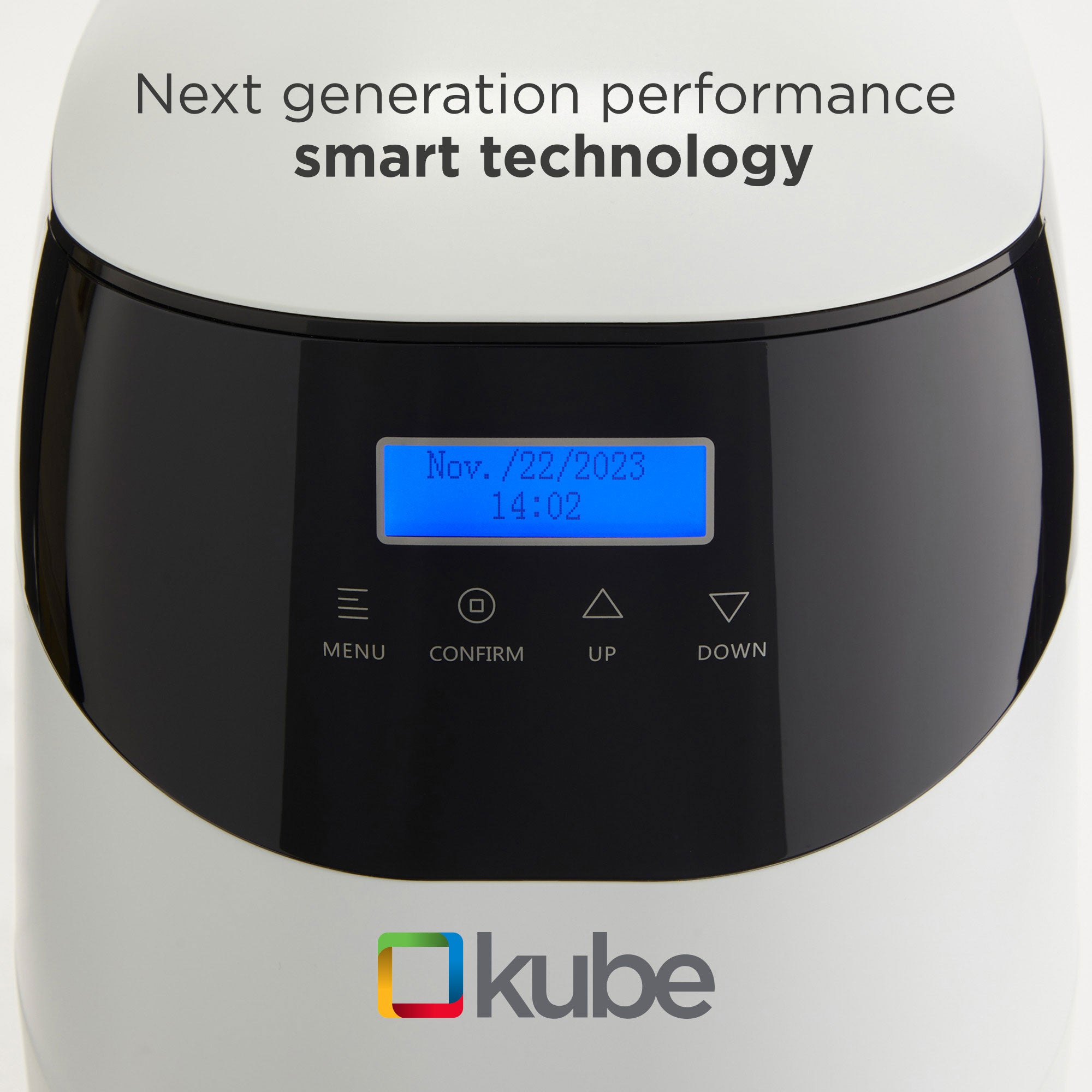
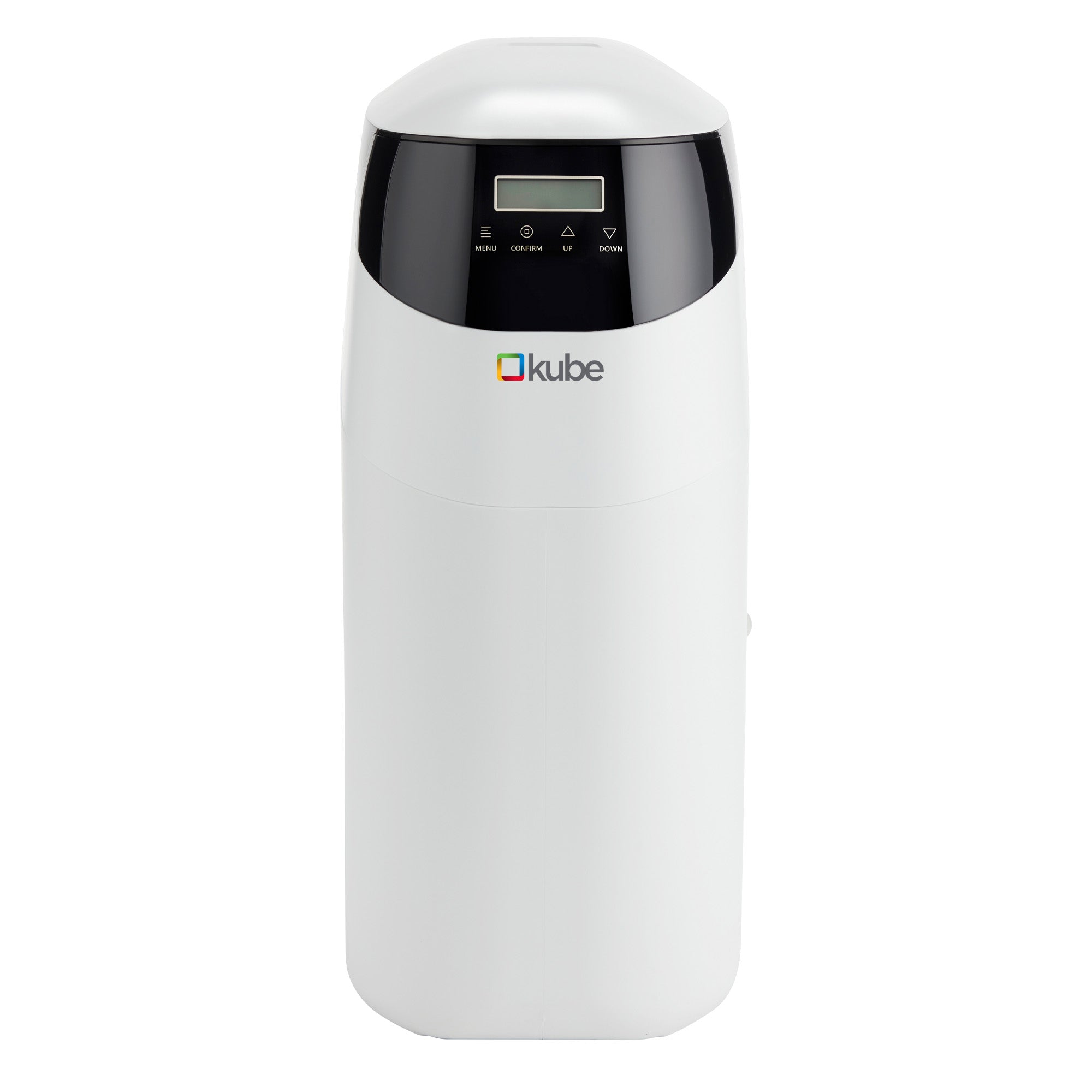

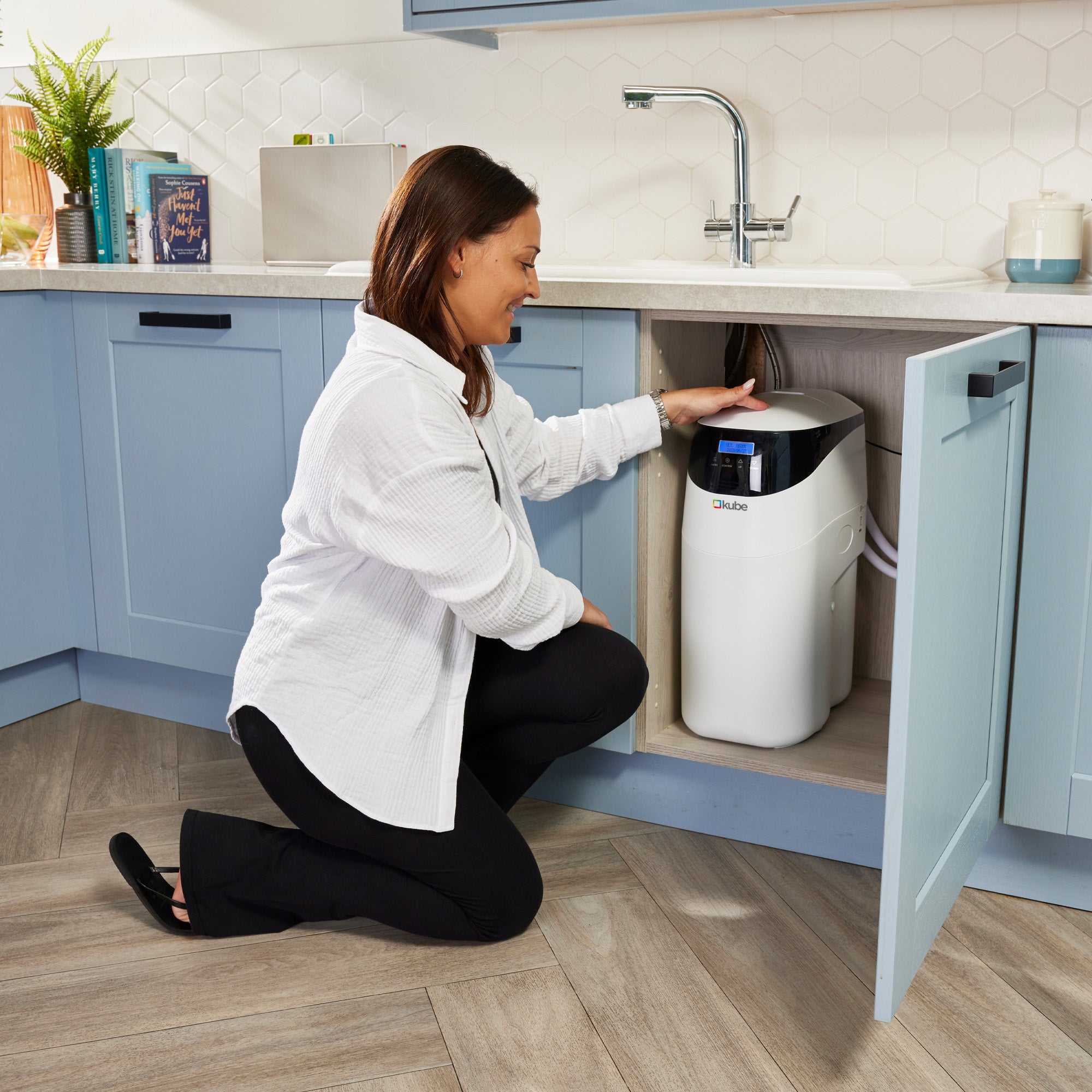
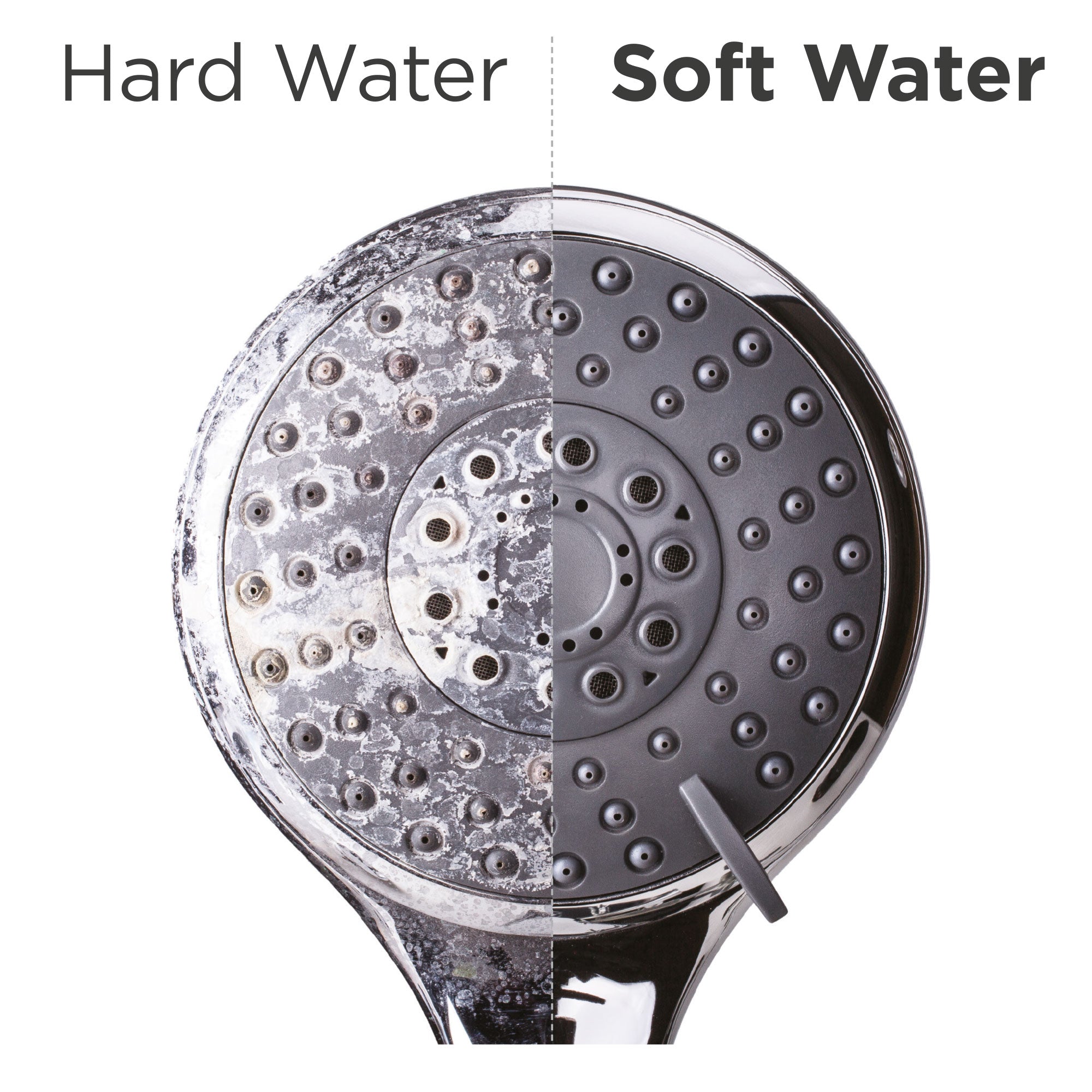
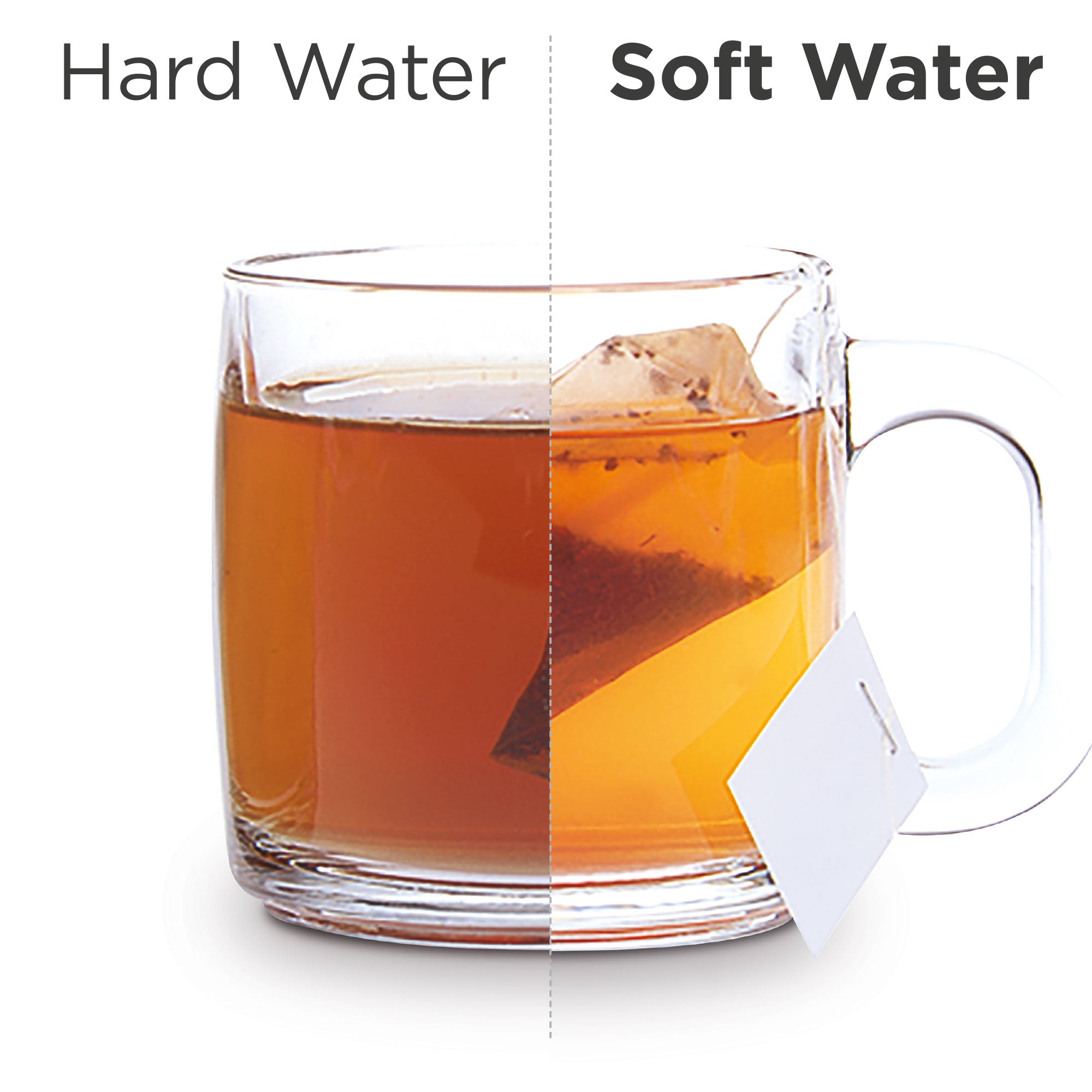
FAQs
How does a water softener remove limescale?
Hard water passes through the water softener tank which contains resin beads.
In a process called 'ion-exchange' calcium and magnesium ions in the hard water stick to the resin beads and are exchanged for sodium ions, turning the water ‘soft’.
Why does a water softener need salt?
Once the resin beads are fully loaded with calcium and magnesium ions, they must be cleaned (or regenerated) so they can continue to soften the water. The salt is used to make a brine solution which cleans the resin beads, ready for attracting more of the hardness minerals.
How much does it cost to run?
It will depend upon how much water is used in your home, the number of occupants and your water hardness level.
Typically, it will cost 50p per person per week to maintain.
Is it ok to drink softened water?
Most of the time, yes it is!
However, Water Supply (Water Quality) Regulations 2000, stipulates a maximum limit of 200 mg/l (milligrams per litre) of sodium in drinking water. In certain areas where the water is exceptionally hard (ie. above 425 milligrams per liter of CaCO3) a mains water tap is essential, as the resulting sodium content of the softened water would exceed 200 mg/l.
Please check with your local water board for the mains water hardness level in your area.
Will the flow rate of my water change?
eKube water softeners operate at effective flow rates for UK homes. Flow rates are
dependent upon many factors including your home pipe size and boiler incoming
pressure. An eKube water softener will not reduce flow rates.
Will the water softener remove existing limescale?
The installation of a water softener will start to remove existing limescale, but
this will take time! It can take more than 3 years depending on the level of existing damage.














